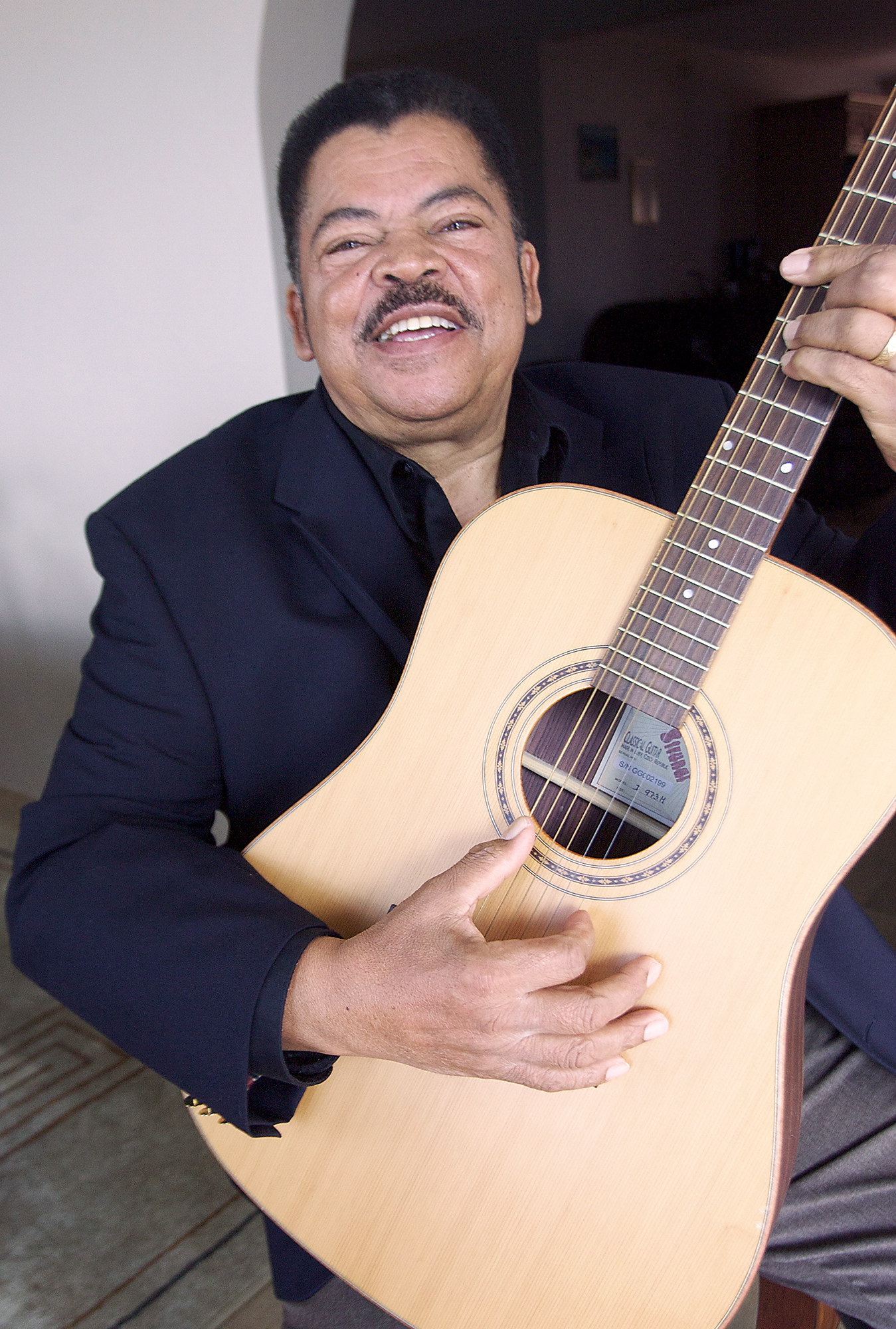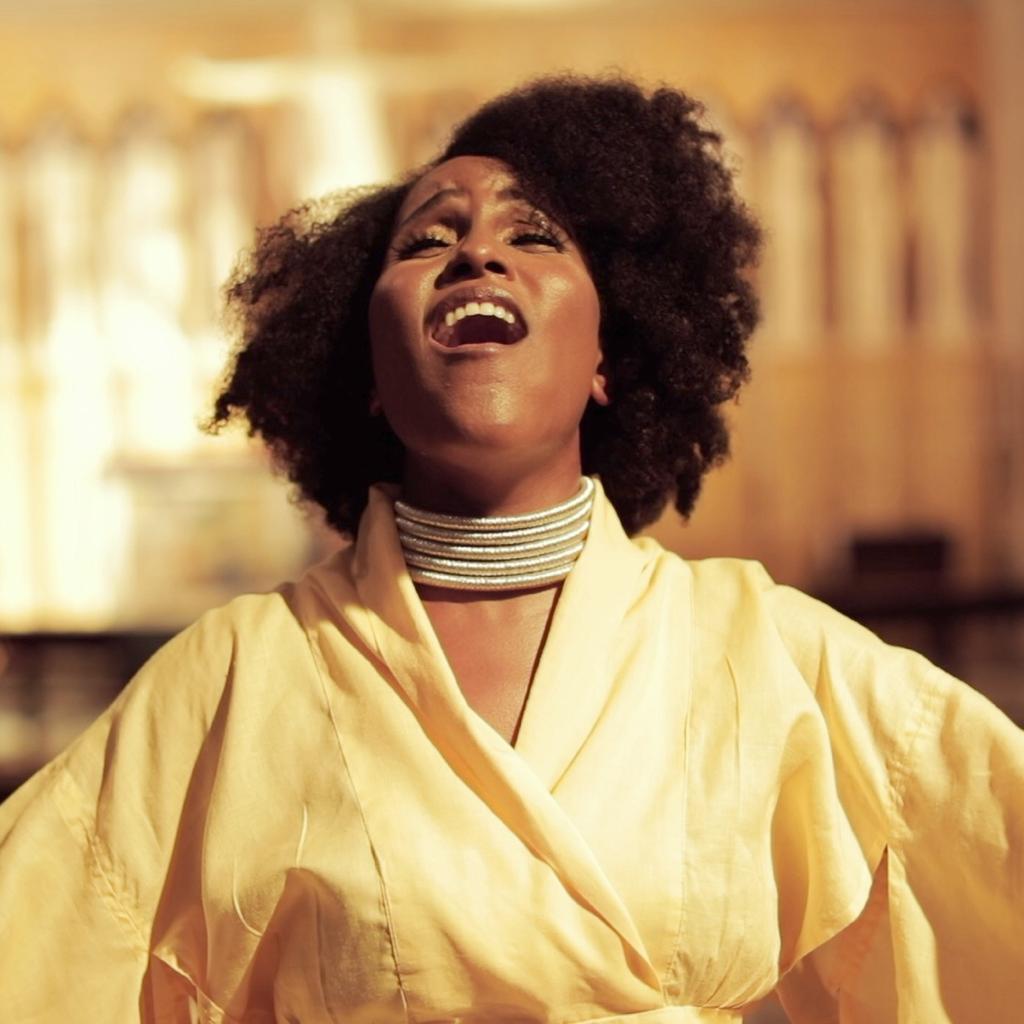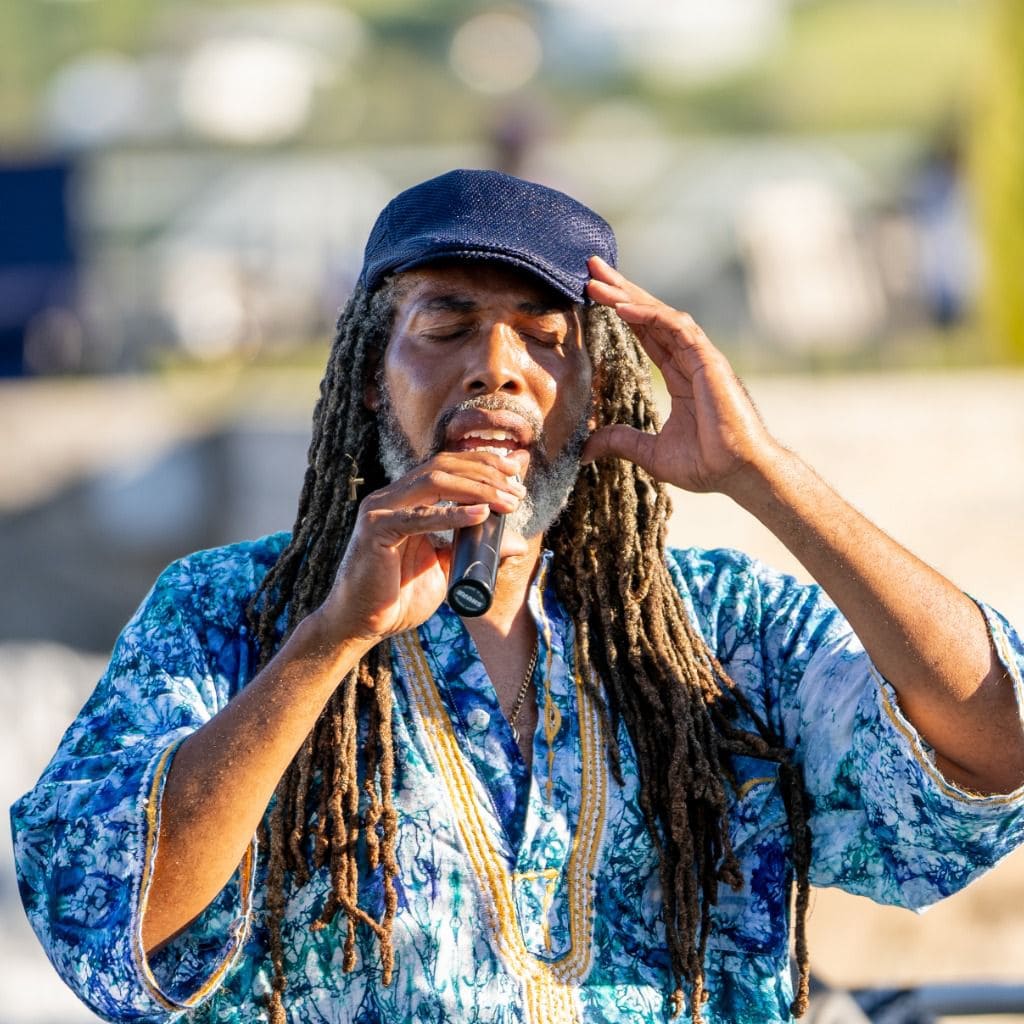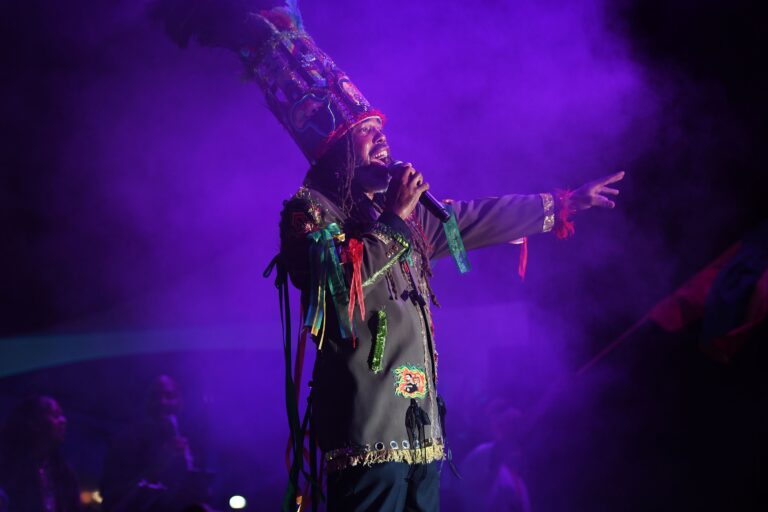by Vejay Steede
Bermuda’s relationship with music has always been quite delicate. Over the years, Bermudian artists have produced massive hits, sometimes internationally renowned pieces, but most of these masterpieces would fit better into musical heritages from other nations; the Bermudian ‘sound’ is still to be defined.

Great songs like Gene Steede’s ‘Bingo,’ Live Wires’ ‘Gombey Warrior,’ and Ninja Cutty’s ‘Johnny Barnes’ all infused strong elements of Bermudian culture, landscape, and attitude, but they remained informed by foreign musical genre traits – one was a calypso, one was a reggae/soca/afrobeat hybrid, and the other was a driving techno-reggae tune.
Perhaps the most Bermudian ‘sounding’ song listed is ‘Gombey Warrior,’ which makes generous use of the Gombey drum rhythms we all grew up loving, adding to the unique feel of the anthemic tune.
Other uniquely Bermudian sounds include the whistling tree frogs that serenade our evenings, the clarion call of a Bermuda kite flying overhead, and the melodic timbre of our wonderfully rare, and precious, Bermudian accent.
Local singer Joy Barnum struggles with the question of a Bermudian ‘sound,’ but she does concede that infusing local noises into our music can be magical: “I don’t think there’s one particular Bermudian sound. If you’re Bermudian, and you create, then your work, i.e., creation, will be Bermudian.

“I do believe the Gombeys, and singing frogs, to be a uniquely Bermudian sound. I’ve only recorded once and had the tree frog sounds in the recording; I loved it!”
Leroy Francis, an active producer, musician, and music teacher, breaks the discussion down further: “It is difficult to create a truly Bermudian sound, because being that we (Bermudians) are basically an accumulation of many cultures – we are heavily influenced by them. Nevertheless, there are some Bermudian artists and producers who aren’t afraid to put their unique Bermuda fingerprint on their work.
“Some creative ways that I’ve seen this done is by incorporating unique Bermudian sounds (such as whistling frogs) as part of the music production; using our traditional Gombey drum rhythms as the foundation for the music; or using our Bermudian accent, jargon and lingo. Elements such as these help to create a unique Bermudian sound.”
Our original ‘Gombey Warrior’ agrees, citing the rhythms of the Gombey drums, and the sounds of his tap shoes creating precise cadences on the floor when he was learning to dance as a child, as major influences on his development into a uniquely Bermudian artist.

Live Wires also cited major Bermudian entertainers like ‘Uncle’ Gene Steede, ‘Aunt’ June Caisey, and Kevin ‘Aswad’ Wilson of the magnificent Ital Foundation, as well as lesser-known folks like Ms Gloria McCully (his vocal teacher at Devonshire Academy), and Mitchelle ‘Live Wires’ Allers (his father) as indelible influences on his growth as an artist.
The legendary Bermudian entertainer, once dubbed ‘Bermuda’s Natural Resource’, Mr Gene Steede, traces the Bermudian ‘sound’ back to the great war, and the emergence of local musicians and bands through the hotel circuit.
“During the second world war, military music was very prevalent in Bermuda. When the war was over, many of these musicians formed bands, and were employed in the hotels as dance bands. Bermuda was also influenced by the music that was played by the workers coming from the West Indies.
“When the hotels needed entertainment for their guests, they combined these two groups; one as dance bands, and one as entertainment.
“Over the years, most popular gatherings featured dancing to bands; mostly six-to-ten-piece bands. A uniquely Bermudian sound was created by a group called the Talbot Brothers with guitars, brass, drums, and the unusual sound of an accordion. They were very popular.
“Most quartets were comprised of piano, brass, drums, and guitars. One of the musicians that influenced, and inspired the people at that time was Lance Hayward, a blind pianist.
“By being close to the United States, our music was influenced in many ways. We as Bermudians combined calypso, jazz, Latin, classical, rock, and reggae to try and please our visitors.
“Africa (various countries), Cuba, England, Haiti, and Jamaica are the other countries that greatly influence our music.”
Mr Steede, who would become a great inspiration in his own right, named Stan Seymour, Ruben McCoy, and Calvin Hendrickson as artists who inspired and influenced his own maturation as an artist.
The theme of fusion is omnipresent in any discussion of the Bermudian ‘sound.’ We are a culture of fusion, and, therefore, we create works of art that reflect elements of culture that get caught in the catchment. Leroy Francis elaborates on this concept:
“I am blessed to be a Bermudian music producer. Like I said before, Bermuda is an accumulation of many cultures, so, when I am creating a track – I pull elements from many of the other cultures that surround me – blending them together. A simple example of this is: I could create a ‘boom-bap’ hip-hop drum groove, but add an afrobeat clave, and some trap hats. On top of that beat, I can add piano chords, using a soca/calypso rhythmic pattern. I can add an 808 bass that will follow the soca rhythm and progression of the piano chords, and then get a reggae artist to sing over it.”
Thus, the creation of the music itself becomes the Bermudian part; as Ms Barnum described earlier. This idea of creation being intrinsic to the development of a Bermudian ‘sound’ speaks to the importance of collaboration between Bermudian artists. Mr Francis has worked with many local artists, but chose to pay tribute to one of his more frequent collaborators:
“One artist that comes to mind, who inspires me to create unique Bermudian music, is musician/music producer Derek G. We perform together in the band DIA. We are both producers, musicians and creatives; so, whether we are on stage performing alongside drummer Scarlet Thomas, or in the studio working with artists, we collaborate very well.
“We both understand that, though Bermudians have limited space, there are no limitations. We both have the same mindset; which continually strives for that unique Bermudian sound.”

